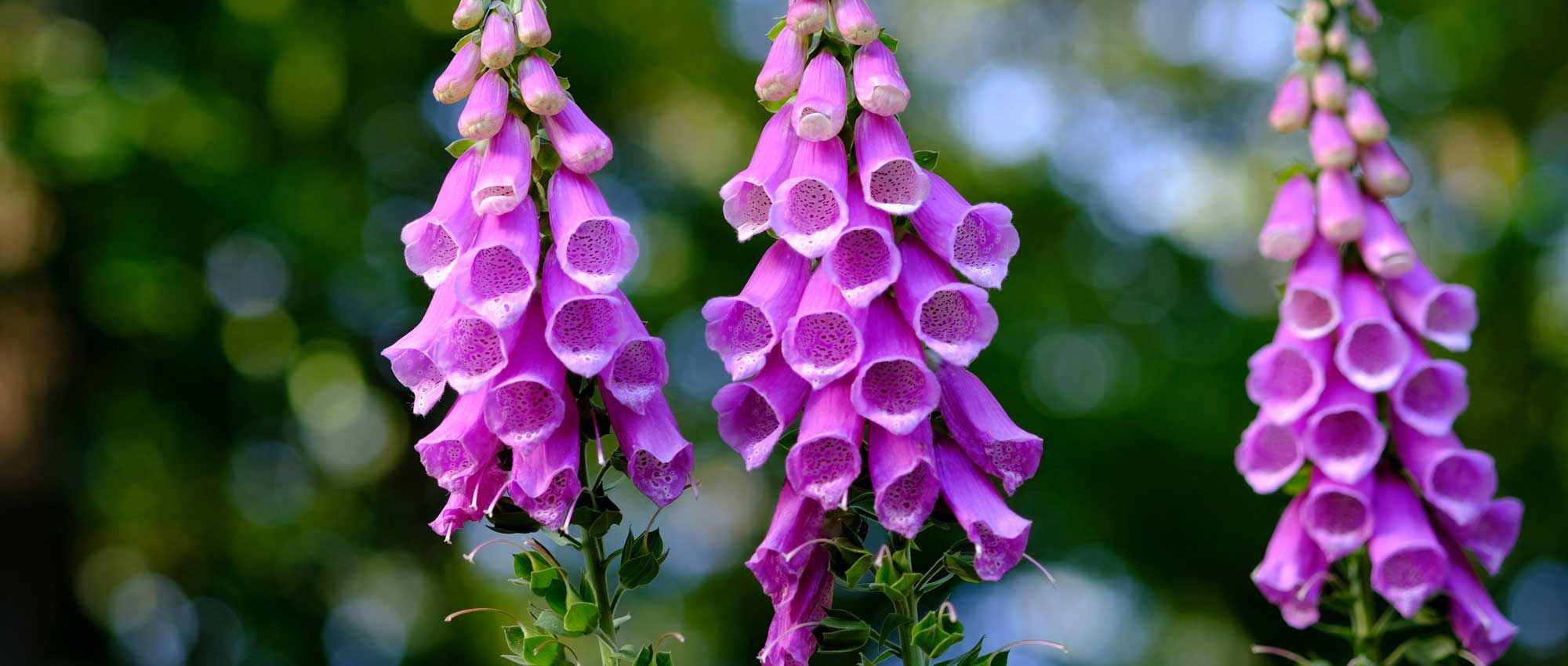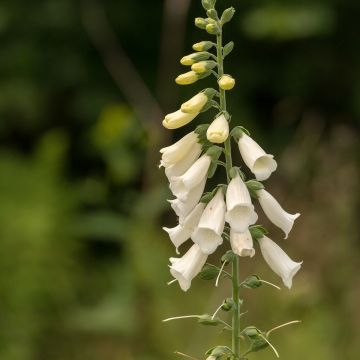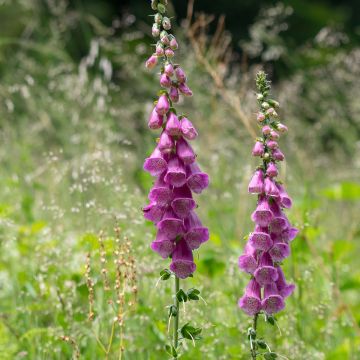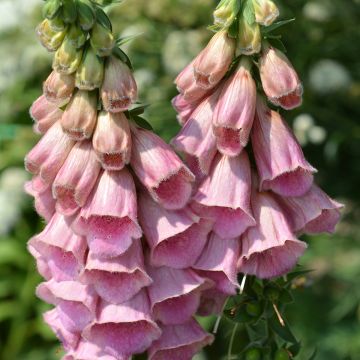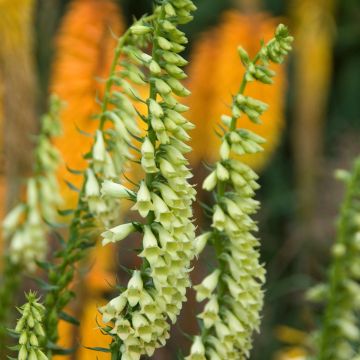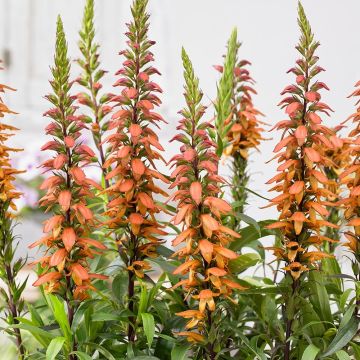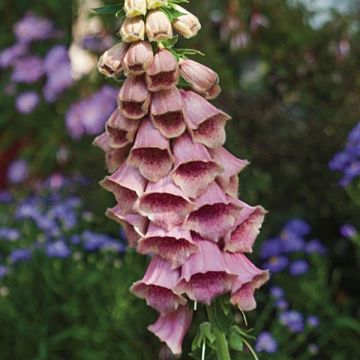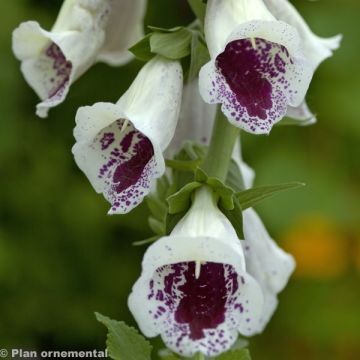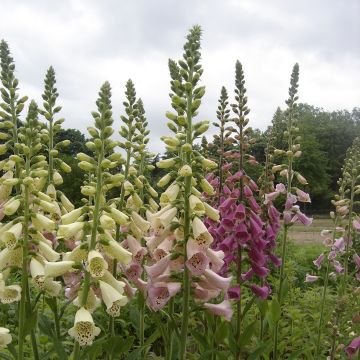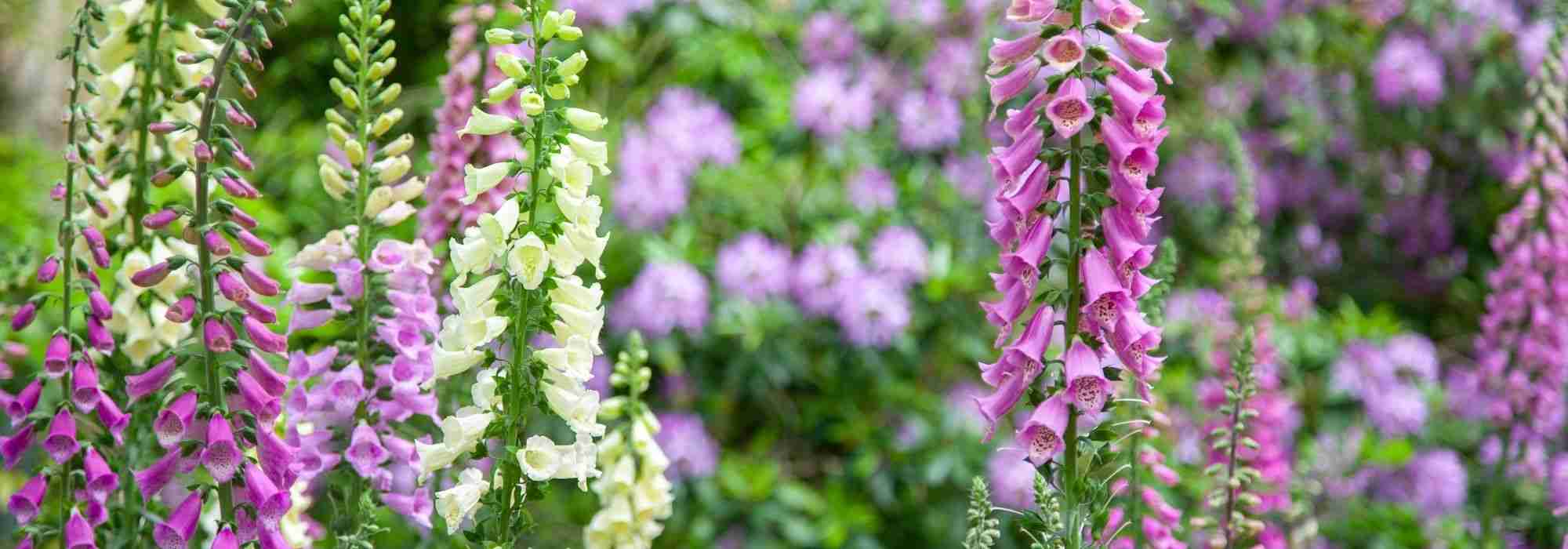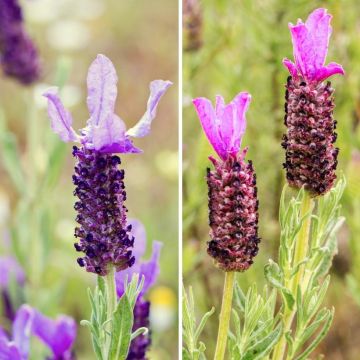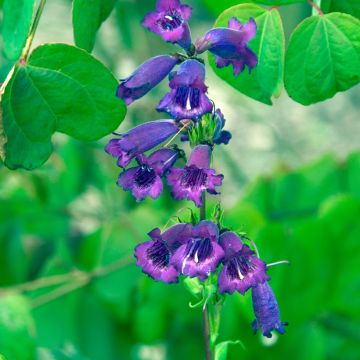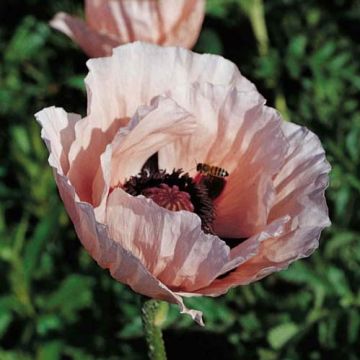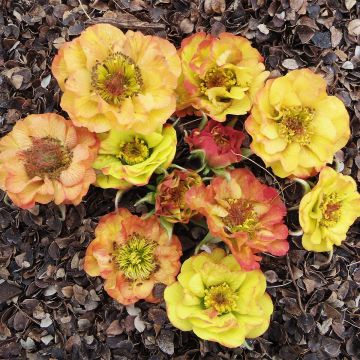

Digitalis purpurea Monstrosa - Foxglove


Digitalis purpurea Monstrosa - Foxglove


Digitalis purpurea Monstrosa - Foxglove
Digitalis purpurea Monstrosa - Foxglove
Digitalis purpurea Monstrosa
Foxglove, Common Foxglove, Lady's Glove
The foxglove has bloomed but did not produce a terminal flower. Is this normal?
Jean-Michel, 26/06/2022
Special offer!
Receive a €20 voucher for any order over €90 (excluding delivery costs, credit notes, and plastic-free options)!
1- Add your favorite plants to your cart.
2- Once you have reached €90, confirm your order (you can even choose the delivery date!).
3- As soon as your order is shipped, you will receive an email containing your voucher code, valid for 3 months (90 days).
Your voucher is unique and can only be used once, for any order with a minimum value of €20, excluding delivery costs.
Can be combined with other current offers, non-divisible and non-refundable.
Home or relay delivery (depending on size and destination)
Schedule delivery date,
and select date in basket
This plant carries a 12 months recovery warranty
More information
We guarantee the quality of our plants for a full growing cycle, and will replace at our expense any plant that fails to recover under normal climatic and planting conditions.
Would this plant suit my garden?
Set up your Plantfit profile →
Description
Digitalis purpurea 'Monstrosa' is a truly extraordinary form of purple foxglove, possessing what is called a terminal flower mutation. This biennial plant is strange indeed, producing at the end of its floral stem one single enormous flower, widely open and fringed, speckled with purple on a white background, or sometimes completely white. Its flowers, spectacular in a vase, make a striking display in partially shaded summer beds where it particularly likes to grow and often self-seeds.
The 'Monstrosa' foxglove exists for reasons that are not clearly understood in nature, where it has been observed by botanists since the mid-19th century. Its unique characteristic creates an extremely interesting plant for biologists. It is a particular form of Digitalis purpurea, often considered a subspecies and named Digitalis purpurea subsp Campanulata. It is a plant in the family Plantaginaceae. It is a short-lived perennial biennial plant, developing from spring onwards a rosette of modest size, 30 cm (12in) in diameter, with pubescent, dark green, dentate-crenate leaves, the lower surface of which is networked and sometimes covered with light, woolly hairs. In the second year, in May-June, one or several hollow but sturdy stems emerge from the rosette to bear, depending on the growing conditions, a thin but dense floral stem composed of a multitude of tightly packed tubular flowers. At the top, there is a flower twice as large as the others, more upright towards the sky, widely open like a cup, with a dentate border. Depending on the plants, the outer part of the flowers is more or less purple or pink, sometimes white. The pink and purple forms bear an oversized flower heavily spotted with pink or purple on a white background. The flowering is melliferous and nectariferous. This variety self-seeds quite faithfully, without difficulty, and without being invasive.
Plant the Monstruosa foxglove in morning sun or partial shade, in humus-rich and moist soil, in the company of old roses or perennial plants with single flowers such as columbines, centaureas, astrancias or thalictrums. This amazing variety will allow you to enjoy its flowering for a long time at the edge of a grove or on the east side of the house. This strange plant will also accompany perennial geraniums, heucheras, and the feathery foliage of ferns in a light woodland. Take advantage of this rather fantastic flower in the house as well, by creating sumptuous bouquets.
Digitalis purpurea Monstrosa - Foxglove in pictures




Flowering
Foliage
Plant habit
Safety measures
Botanical data
Digitalis
purpurea
Monstrosa
Scrophulariaceae
Foxglove, Common Foxglove, Lady's Glove
Cultivar or hybrid
ingestion
Cette plante est toxique si elle est ingérée volontairement ou involontairement.
Ne la plantez pas là où de jeunes enfants peuvent évoluer, et lavez-vous les mains après l'avoir manipulée.
Pensez à conserver l'étiquette de la plante, à la photographier ou à noter son nom, afin de faciliter le travail des professionnels de santé.
Davantage d'informations sur https://plantes-risque.info
Other Digitalis - Foxglove
View all →Planting and care
Purple foxgloves and their varieties prefer partial shade and a neutral to slightly acidic, soft and humus-rich, moist, not too rich soil. They are very hardy plants, but their lifespan is quite short. They self-seed abundantly in the garden, but the resulting plants are rarely identical to the parent plants when it comes to horticultural selections. Some species self-seed a lot, fairly faithfully. If you don't want to be overrun, cut the flower spikes just after flowering.
Planting period
Intended location
Care
Planting & care advice
-
, onOrder confirmed
Reply from on Promesse de fleurs
Similar products
Haven't found what you were looking for?
Hardiness is the lowest winter temperature a plant can endure without suffering serious damage or even dying. However, hardiness is affected by location (a sheltered area, such as a patio), protection (winter cover) and soil type (hardiness is improved by well-drained soil).

Photo Sharing Terms & Conditions
In order to encourage gardeners to interact and share their experiences, Promesse de fleurs offers various media enabling content to be uploaded onto its Site - in particular via the ‘Photo sharing’ module.
The User agrees to refrain from:
- Posting any content that is illegal, prejudicial, insulting, racist, inciteful to hatred, revisionist, contrary to public decency, that infringes on privacy or on the privacy rights of third parties, in particular the publicity rights of persons and goods, intellectual property rights, or the right to privacy.
- Submitting content on behalf of a third party;
- Impersonate the identity of a third party and/or publish any personal information about a third party;
In general, the User undertakes to refrain from any unethical behaviour.
All Content (in particular text, comments, files, images, photos, videos, creative works, etc.), which may be subject to property or intellectual property rights, image or other private rights, shall remain the property of the User, subject to the limited rights granted by the terms of the licence granted by Promesse de fleurs as stated below. Users are at liberty to publish or not to publish such Content on the Site, notably via the ‘Photo Sharing’ facility, and accept that this Content shall be made public and freely accessible, notably on the Internet.
Users further acknowledge, undertake to have ,and guarantee that they hold all necessary rights and permissions to publish such material on the Site, in particular with regard to the legislation in force pertaining to any privacy, property, intellectual property, image, or contractual rights, or rights of any other nature. By publishing such Content on the Site, Users acknowledge accepting full liability as publishers of the Content within the meaning of the law, and grant Promesse de fleurs, free of charge, an inclusive, worldwide licence for the said Content for the entire duration of its publication, including all reproduction, representation, up/downloading, displaying, performing, transmission, and storage rights.
Users also grant permission for their name to be linked to the Content and accept that this link may not always be made available.
By engaging in posting material, Users consent to their Content becoming automatically accessible on the Internet, in particular on other sites and/or blogs and/or web pages of the Promesse de fleurs site, including in particular social pages and the Promesse de fleurs catalogue.
Users may secure the removal of entrusted content free of charge by issuing a simple request via our contact form.
The flowering period indicated on our website applies to countries and regions located in USDA zone 8 (France, the United Kingdom, Ireland, the Netherlands, etc.)
It will vary according to where you live:
- In zones 9 to 10 (Italy, Spain, Greece, etc.), flowering will occur about 2 to 4 weeks earlier.
- In zones 6 to 7 (Germany, Poland, Slovenia, and lower mountainous regions), flowering will be delayed by 2 to 3 weeks.
- In zone 5 (Central Europe, Scandinavia), blooming will be delayed by 3 to 5 weeks.
In temperate climates, pruning of spring-flowering shrubs (forsythia, spireas, etc.) should be done just after flowering.
Pruning of summer-flowering shrubs (Indian Lilac, Perovskia, etc.) can be done in winter or spring.
In cold regions as well as with frost-sensitive plants, avoid pruning too early when severe frosts may still occur.
The planting period indicated on our website applies to countries and regions located in USDA zone 8 (France, United Kingdom, Ireland, Netherlands).
It will vary according to where you live:
- In Mediterranean zones (Marseille, Madrid, Milan, etc.), autumn and winter are the best planting periods.
- In continental zones (Strasbourg, Munich, Vienna, etc.), delay planting by 2 to 3 weeks in spring and bring it forward by 2 to 4 weeks in autumn.
- In mountainous regions (the Alps, Pyrenees, Carpathians, etc.), it is best to plant in late spring (May-June) or late summer (August-September).
The harvesting period indicated on our website applies to countries and regions in USDA zone 8 (France, England, Ireland, the Netherlands).
In colder areas (Scandinavia, Poland, Austria...) fruit and vegetable harvests are likely to be delayed by 3-4 weeks.
In warmer areas (Italy, Spain, Greece, etc.), harvesting will probably take place earlier, depending on weather conditions.
The sowing periods indicated on our website apply to countries and regions within USDA Zone 8 (France, UK, Ireland, Netherlands).
In colder areas (Scandinavia, Poland, Austria...), delay any outdoor sowing by 3-4 weeks, or sow under glass.
In warmer climes (Italy, Spain, Greece, etc.), bring outdoor sowing forward by a few weeks.






























